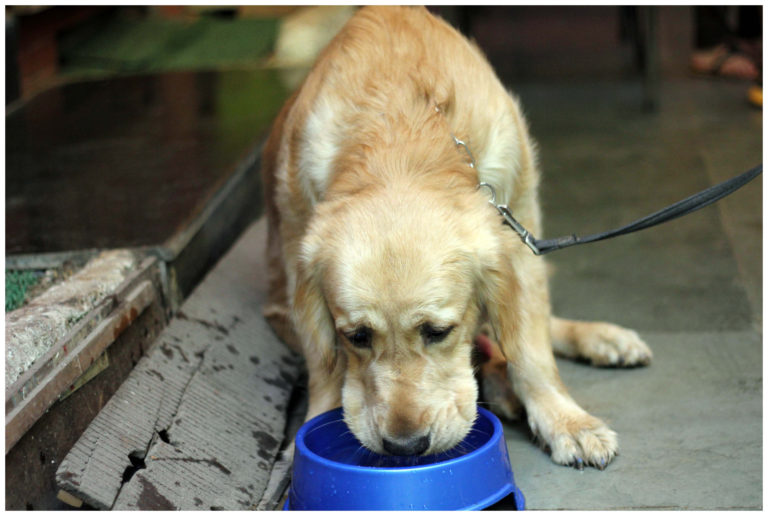
The Water Resources Development Act, which passed both the House and the Senate and awaits the president’s signature, apportions some much-needed money for drinking water infrastructure. It includes:
- $4.4 billion over three years for EPA’s Drinking Water State Revolving Fund program, which provides financing to states and utilities to improve drinking water infrastructure.
- $50 million a year for both fiscal year 2020 and fiscal year 2021 for the Water Infrastructure & Innovation Act, which provides financing for water systems to replace crumbling pipes, build new water storage and upgrade sewer plants. The money is especially crucial for rural water utilities, some of which are so underfunded that residents volunteer their time to run them.
- Renews authorization of $225 million annually for the Combined Sewer Overflow grants program in both fiscal year 2019 and fiscal year 2020. (Combined Sewers are sewer systems that collect stormwater runoff, domestic sewage, and industrial wastewater in the same pipe; they are designed to overflow during wet weather, discharging raw sewage into waterways.)
- Establishes a two-year pilot program, granting EPA $1 million a year to work with utilities on developing water workforce training programs.
Even if the bill is signed next week, as expected, the money isn’t a sure thing. Congress must still appropriate the money later, during a separate process.
Nevertheless, “it’s the highest authorization Congress has ever afforded for the Drinking Water State Revolving Fund,” said Nathan Gardner-Andrews, chief advocacy officer for the National Association of Clean Water Agencies.
That’s the good news. The bad news is that the bill also contains damaging provisions about hydroelectric dams. The other bad news is that Congress did not authorize any money for the State Revolving Fund for sewer systems. “We’re hoping this will set the stage for the next Congress to authorize the clean water (wastewater treatment) State Revolving Fund at equal, if not higher, numbers,” Gardner-Andrews said.
There’s a crying need for new investment in water infrastructure.
“North America’s water infrastructure is in decline,” Dr. Steven Folkman, who oversees Utah State University’s Buried Structures Laboratory, wrote in a report earlier this year that detailed a 27 percent increase in water main break rates between 2012 and 2018. “The signs of distress surface daily as water mains break, creating floods and service disruptions.”
Broken pipes aren’t the only problem challenging U.S. water systems. The U.S. needs to invest an estimated $1 trillion over the next 25 years to keep the country’s drinking water, sewer, and wastewater treatment systems up to date. Most U.S. drinking water and sewer systems have been in operation for 75–100 years or more — far longer than their expected lifespans.
The aging infrastructure has both economic and health costs.
More than 21 million Americans in 2015, about 6 percent of the people in the country, depended on community water systems that violated the Safe Drinking Water Act. Rural and low-income counties were the most vulnerable.
Every day, nearly 6 billion gallons of treated water is lost due to leaky pipes.
PennLive reported earlier this year that Pittsburgh Water and Sewer Authority loses more than half the water it treats — much of it through leaky, century-old mains, pipes, reservoirs and tanks — before it reaches customers.
The culprits PennLive’s report found include the Clearwell, a 400-foot-long underground tank installed in 1908 that holds 40 million gallons of water for disinfection. It has large cracks at its base, roots growing through the sides — and no simple way to replace it without disrupting the flow of water to the authority’s 520,000 customers.
“Everything has to go through that one tank,” Bob Weimar, interim executive director of the Pittsburgh Water and Sewer Authority told PennLive. “There’s no way to shut it down — it hasn’t been shut down in 108 years — and we don’t honestly know how much water we lose from that facility.”
Feature image: pdpics.com